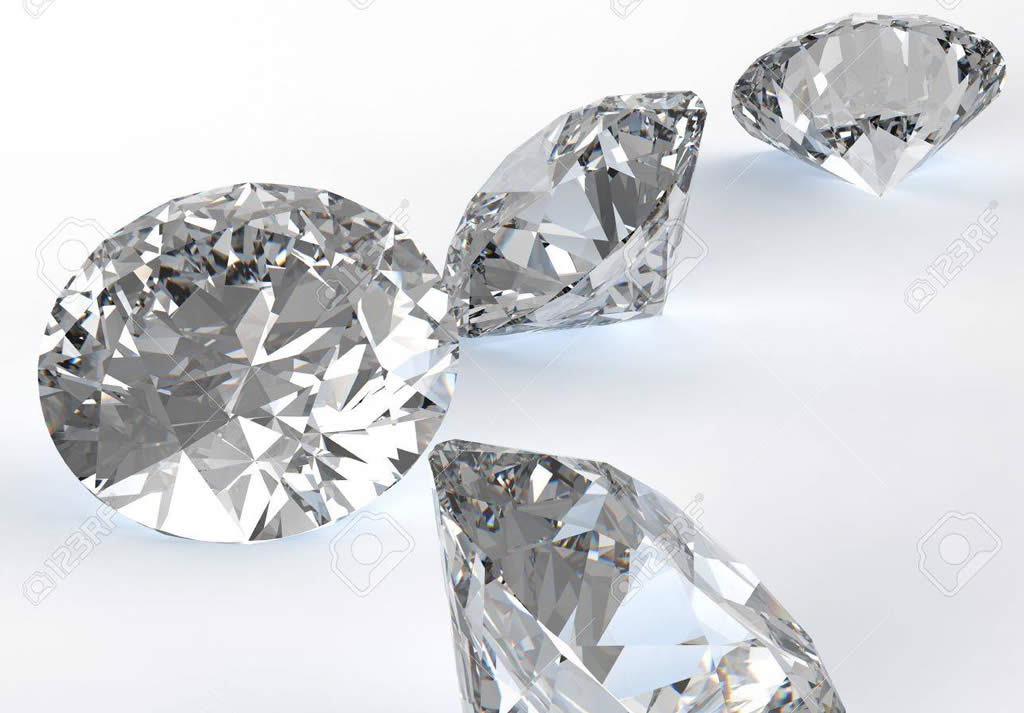Jewellery buying has changed a lot over the past decade. More people are asking questions, doing research, and looking for options that match their values—especially when it comes to price, ethics, and sustainability.
But with new choices come new myths. Lab-grown diamonds are getting more popular in Australia, yet many buyers still aren’t sure what to believe. Are they real? Are they worse quality? Are they just a passing trend?
This article clears up the most common misconceptions so you can make an informed decision—without the marketing noise.

Myth #1: “They’re Fake”
This is the most common myth, and it’s flat-out wrong.
Lab-grown diamonds are real diamonds. They have the same physical, chemical, and optical properties as mined diamonds. The only difference is where they’re formed—one grows in the ground over millions of years, the other grows in a lab over a few weeks.
They’re not to be confused with simulants like cubic zirconia or moissanite, which may look similar but are totally different materials.
In fact, the Gemological Institute of America (GIA)—a respected global authority—grades lab-grown diamonds using the same standards as mined ones (cut, clarity, colour, and carat).
In Australia, jewellers and gemmologists are increasingly stocking and recommending lab-grown options. According to Jeweller Magazine, demand is growing as more Aussies understand what they’re actually getting.
So no, they’re not fake. They’re just grown above ground instead of underground.
Myth #2: “They’re Lower Quality”
This one doesn’t hold up under scrutiny.
Lab-grown diamonds are graded the same way as mined diamonds: cut, clarity, colour, and carat. You’ll find everything from low-grade stones to premium, high-clarity diamonds in both categories. There’s no rule saying one is better than the other.
In fact, because lab conditions are controlled, many lab-grown diamonds have fewer impurities than mined ones. That means you can often get a cleaner stone for the same price—or less.
The International Gemological Institute (IGI) and GIA both certify lab-grown diamonds. These reports look just like those for mined diamonds and give you the same level of detail.
If anything, lab-grown options give you more flexibility. You can often afford a larger or better-cut diamond without blowing the budget.
Myth #3: “They Have No Resale Value”
Here’s the honest truth: most diamonds—lab or mined—don’t hold value well after purchase.
Resale value is a tricky subject. The second-hand market for diamonds isn’t like gold or other investments. Retail markups, personal preferences, and fluctuating demand all affect what someone’s willing to pay.
Lab-grown diamonds do resell, but usually at a lower price than what you paid. Same goes for mined diamonds—unless they’re rare or have historical significance.
Most people don’t buy diamonds as an investment. They buy them for personal meaning. If you’re thinking about resale, it’s worth knowing the real landscape, not just marketing promises.
Bottom line: don’t choose a diamond based on resale hype. Choose it based on what matters to you now—quality, budget, ethics, or design.

Myth #4: “They’re Not Eco-Friendly”
This one needs some nuance.
Yes, lab-grown diamonds skip the mining process—which avoids land disruption, water use, and human rights issues tied to some mining operations. That’s a clear environmental and ethical win.
But: growing diamonds in a lab still uses a lot of energy, especially in high-temperature methods like HPHT (High Pressure High Temperature). The actual impact depends on how the energy is sourced.
Some producers now use renewable energy or carbon-neutral practices. Others don’t. So if sustainability matters to you, it’s worth checking the producer’s credentials.
Compare this with mining in Australia, where operations are better regulated than in some other parts of the world. Even so, mining still has long-term impacts—on ecosystems, water systems, and Indigenous land.
Neither option is perfect. But lab-grown diamonds often leave a smaller footprint, especially when energy use is transparent.
For more, the ethical jewellery platform Fair Jewelry and groups like Clean Origin have helpful comparisons.
Myth #5: “People Can Tell the Difference”
They can’t. Not without special equipment.
To the naked eye, lab-grown and mined diamonds look identical. Even trained jewellers can’t tell just by looking. They need advanced tools like spectroscopy or specialised magnification to spot subtle growth patterns or inclusions.
If your diamond is set in a ring or necklace, no one’s going to pull out lab gear at a dinner party. And honestly, most people aren’t checking. They see sparkle, not source.
In Australia, jewellers are required to disclose whether a diamond is lab-grown or mined. But that’s for transparency—not because one looks worse than the other.
If someone says they can “just tell,” they’re bluffing.
Myth #6: “They’re Just a Trend”
Not anymore.
Lab-grown diamonds started out niche, but they’ve gone mainstream. Demand has grown steadily—especially among younger buyers who care about price, transparency, and sustainability.
According to a 2023 report from IBISWorld, the local jewellery industry has seen a noticeable shift toward ethical sourcing, and lab-grown diamonds are a big part of that. They’re now stocked by major retailers, online shops, and even engagement ring specialists.
Globally, big names like Pandora and De Beers have entered the lab-grown space. Not exactly trend-chasers.
Is this a shift in taste? Sure. But trends fade—this is more like a change in values.
Conclusion
There’s a lot of noise around lab-grown diamonds. Some of it’s marketing. Some of it’s old-school thinking.
They’re not for everyone—but they’re not fake, low quality, or some short-term fad either. They’re just a different kind of diamond. One that fits better for some people’s budget, lifestyle, or beliefs.
If you’re shopping for one in Australia, take your time. Ask questions. Read the grading reports. And ignore the myths.